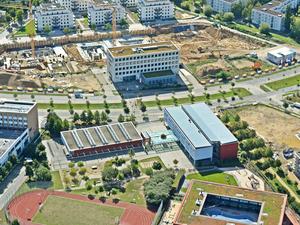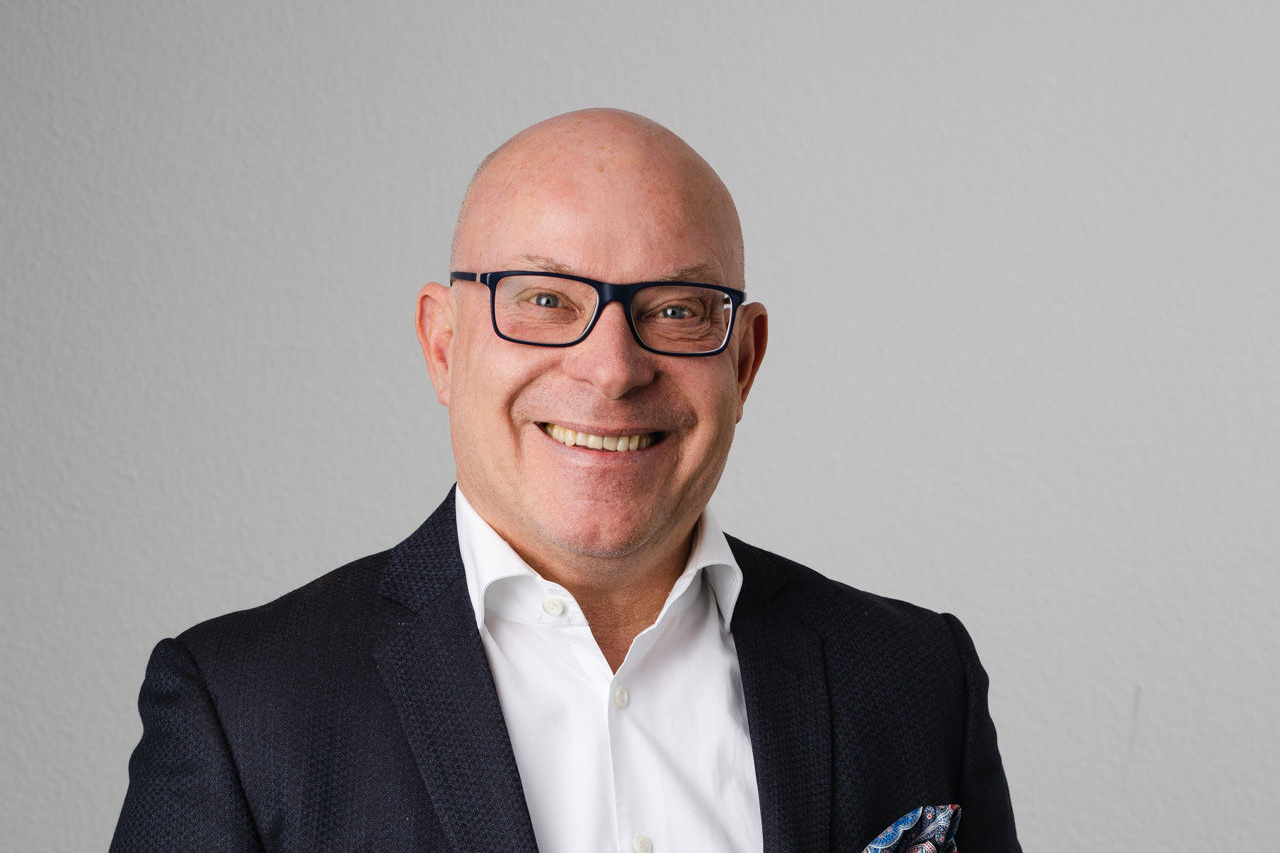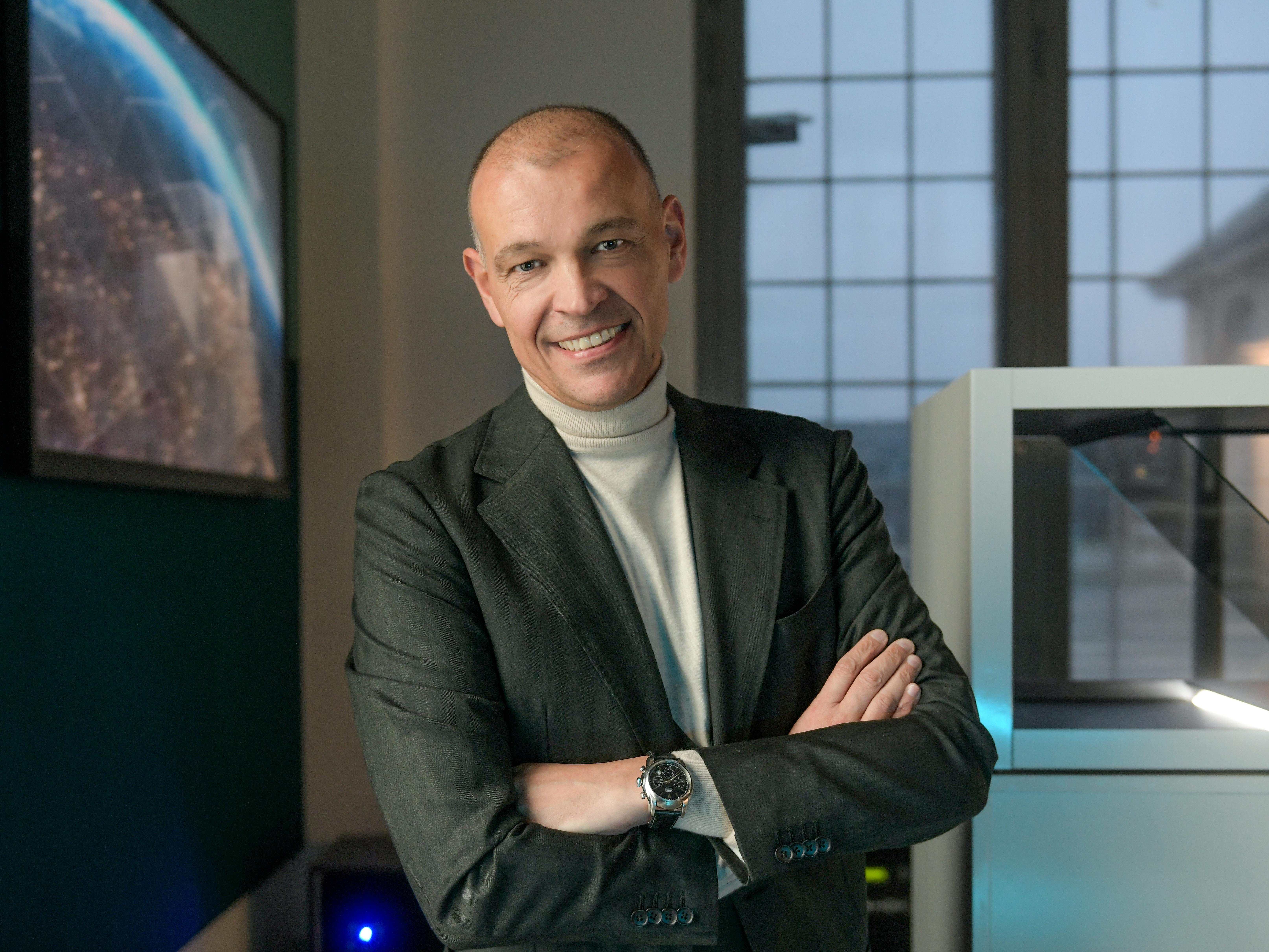
Gemeinde Schönefeld
The airport was and is the driving force behind economic development in the municipality. Construction plans that have been lying dormant for years have been realized since the opening.

Gemeinde Schönefeld
What has changed in your community since the opening of Berlin Brandenburg Airport BER?
The opening of Berlin Brandenburg Airport triggered an enormous construction boom, particularly in the north of Schönefeld. New hotels, office buildings and flats were built in the immediate vicinity of the airport. The population has increased by 3,000 people in the last three years alone. As young families in particular have moved in, the average age has fallen significantly. With an average age of 39.8 years, Schönefeld is now one of the youngest municipalities in Germany.

Gemeinde Schönefeld
How do you plan to develop your community in the coming years? Are there any special projects or initiatives that you would like to push forward?
In conjunction with the achieved rejuvenation, the municipality is striving for a rebranding towards a modern, forward-looking community. This is recently reflected in a new logo that aims to become a distinctive trademark and contribute to a positive external image. In addition, the range of offers for residents living in the municipality will significantly expand. Modern, liveable residential quarters for a further 10,000 people and the new centre of the municipality with shops, leisure facilities, daycare centres and schools as well as plenty of green spaces and recreational areas are to be built on an open space of around 150 hectares in the Schönefeld district.

Gemeinde Schönefeld
Has the opening of the BER boosted the economic development of the community?
The airport has been and continues to be a driving force behind the economic development in the municipality. Construction plans that were dormant for years are now being realized since the opening. Additional commercial areas are in development, such as in Lilienthalpark in Waltersdorf, at Waßmannsdorf station, and along B96a, known as the "Waßmannsdorfer Tor“. Investor interest remains consistently high. Besides the airport, the location of the municipality and a well-developed infrastructure also play a crucial role. In addition to public transportation, Schönefeld is well-connected to the highway and the regional road network.
We would like to thank Mr. Christian Hentschel for this interview.

![[Translate to English:] [Translate to English:]](/fileadmin/_processed_/3/9/csm_021_D.Enters_DSC0113_CopyrightWFBB_5f8ad243b4.jpg)







![[Translate to Englisch:] [Translate to Englisch:]](/fileadmin/user_upload/Bilder/Markenallianz/Kampagne/FAY_Projects_2022/Manuel_Oltersdorf_FAY.jpg)